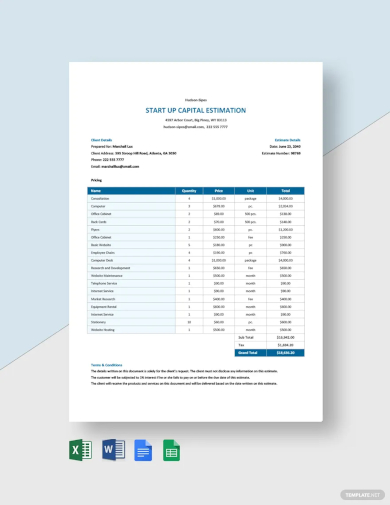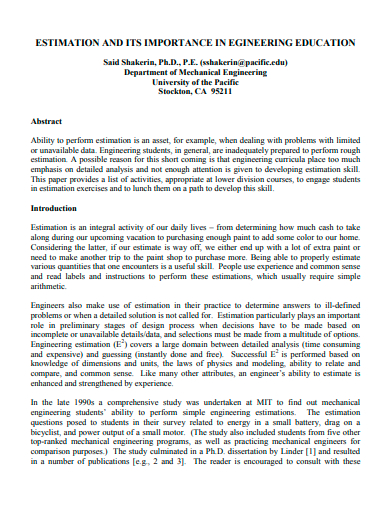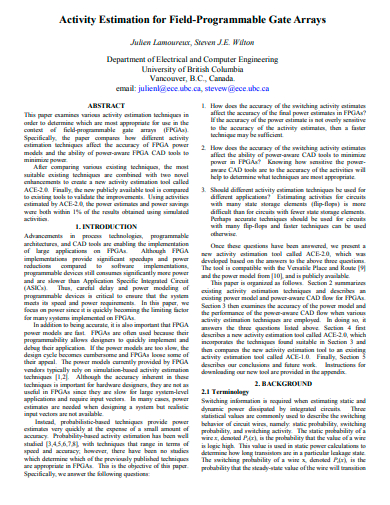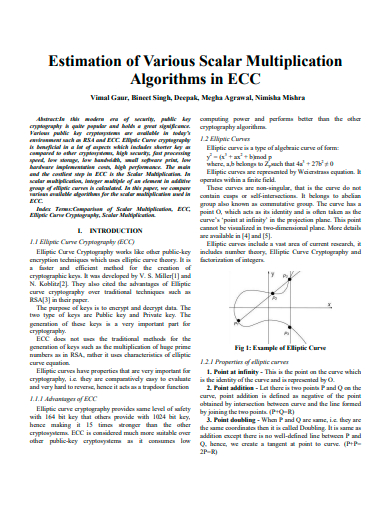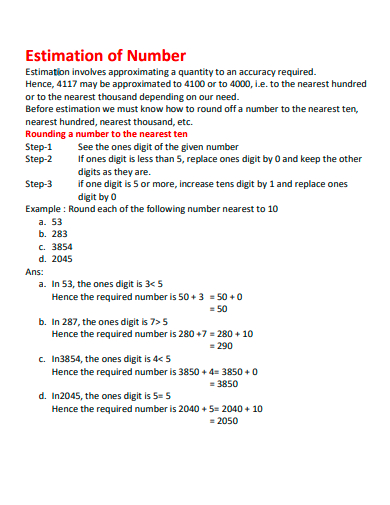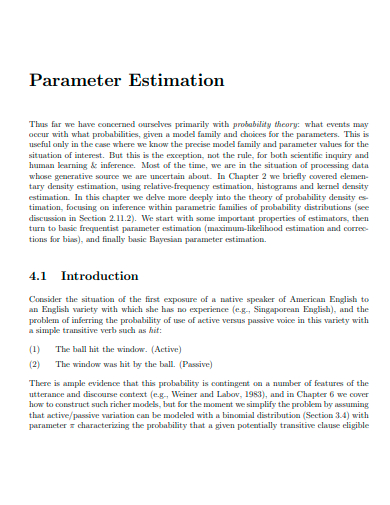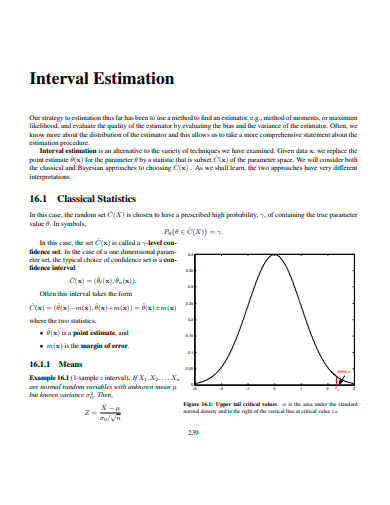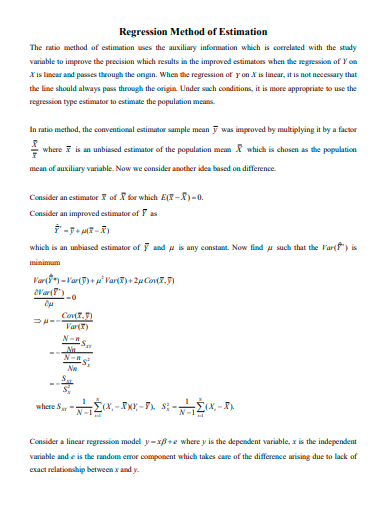Operating a business involves encountering clients who want to know the possible cost of their project before they move forward with their project development plans. One of the most effective ways of offering clients their project’s price quote is to provide them with an estimate. This will let them know the approximate cost of their project which can also be an essential part of establishing their budget plans.
20+ Estimation Samples
1. Start Up Capital Estimation Template
2. Free Agile Project Estimation Plan Template
3. Math Circles Estimation Template
4. Estimation For Construction of Building Template
5. Software Project Estimation Template
6. Measurement and Estimation Game Template
7. Estimation for Residential Building Template
8. Estimation in Estimation Education Template
9. Activity Estimation Template
10. Scalar Multiplication Estimation Template
11. Cost Estimation Template
12. Function Point Estimation Worksheet Template
13. Estimation of Number Template
14. Professional Work Estimation Template
15. Parameter Estimation Template
16. Interval Estimation Template
17. Regression Method of Estimation Template
18. Estimation Techniques Template
19. Estimation in PDF
20. Test Estimation Process Checklist Template
21. Budget Estimation Template
What is an Estimation?
An estimation or estimate in the business industry is a document that contains a statement or calculation of a project’s expected costs, profits, or revenues. Business estimates are provided to clients or customers to inform them of the approximation of the costs that come with the products or services they are interested in purchasing as well as the scope of work associated with the offered services. Small businesses also provide estimates to ensure clarity on the procedures to complete a project with their potential clients to avoid misunderstandings.
How to Create an Estimation
Estimates are commonly used in the construction industry to provide the expected costs of a project and a particular service or product. These documents allow businesses to establish their expectations for their clients while also enabling them to determine whether a project is feasible or not and how much they can expect to gain from it. Other documents that businesses can use are professional invoices, quote forms, business quotes, business financial statements, and price quotes.
Step 1: Write the Title of Your Document
Start creating your estimate by thinking about the title of your document. Write its title at the top of your paper then provide the estimate number and its date. This will ensure clarity when keeping records for your project’s documentation.
Step 2: Include Your Company’s Information
Include your company’s contact information in the estimate to make sure that your clients know how to contact you. You can add this information at the top section of your document.
Step 3: Write the Description of the Project
After addressing the estimate to your client, provide a brief description of your project by explaining its scope of work and certain deliverables required by the client. You can also add a timeline for the project, including a starting and ending date.
Step 4: Write Down the Expenses of the Project Then Calculate its Total
Write your project’s cost breakdown by creating a table to organize the title of each expense with their direct and indirect costs. This section will allow the clients to better understand the elements that add to the total cost of the project. Then calculate and provide the quote total at the bottom of the estimate.
FAQs
What are the components that an estimate includes?
An estimate contains the seller’s and customer’s business information, estimate number, date of when the estimate was written, expiration date, products or services provided, quantity, price of each offering, description of what will be provided, state sales tax, and the estimate’s total.
What are the types of estimates?
The various types of estimates that businesses can use include a rough order of magnitude estimate, preliminary estimate, and definitive estimate.
What are the benefits of providing estimates?
With estimates, businesses can establish better relationships with their customers or clients, ensure that businesses have an understanding of what was involved in a particular project, help them determine whether they will benefit from the project or not, identify if they have enough funding, and enable them to estimate the project’s completion date.
Businesses utilize estimates to calculate the estimated costs of a new business proposal or project plan they are considering developing and accomplishing. These estimates are commonly used when a business is bidding for a contract agreement or project. Business estimates include information about a project’s scope of work, a timeline for when it is expected to be completed, and the cost of how much a client will be charged for the services or products they have purchased from the business.
Related Posts
Sample Meeting Minutes Templates
Presentation Speech Samples & Templates
Ukulele Chord Chart Samples & Templates
Retirement Speech Samples & Templates
Weekly Schedule Samples & Templates
Contractual Agreement Samples & Templates
FREE 9+ Amazing Sample Church Bulletin Templates in PSD | PDF
Sample Business Card Templates
Sample Cashier Job Descriptions
Questionnaire Samples
FREE 10+ Sample HR Resource Templates in PDF
FREE 49+ Sample Job Descriptions in PDF | MS Word
FREE 23+ Sample Event Calendar Templates in PDF | MS Word | Google Docs | Apple Pages
Company Profile Samples
FREE 10+ Leadership Report Samples [ Development, Training, Camp ]

